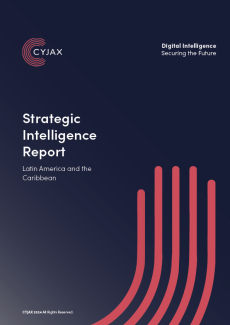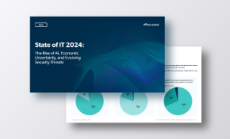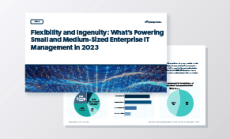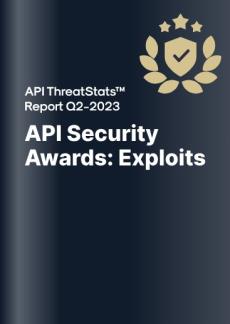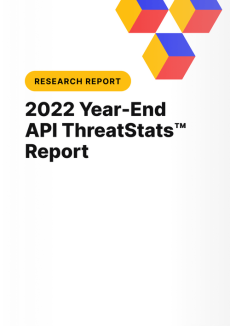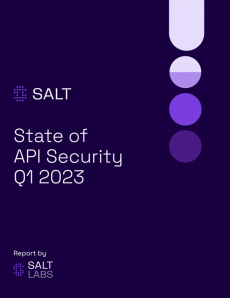Strategic Intelligence Report: Latin America and the Caribbean
This report outlines Latin America and the Caribbean's history of instability but notes recent moves towards democracy and increased global interest. It highlights a shift towards closer ties with China, marked by significant investments across sectors, moving away from traditional relationships with the United States.


